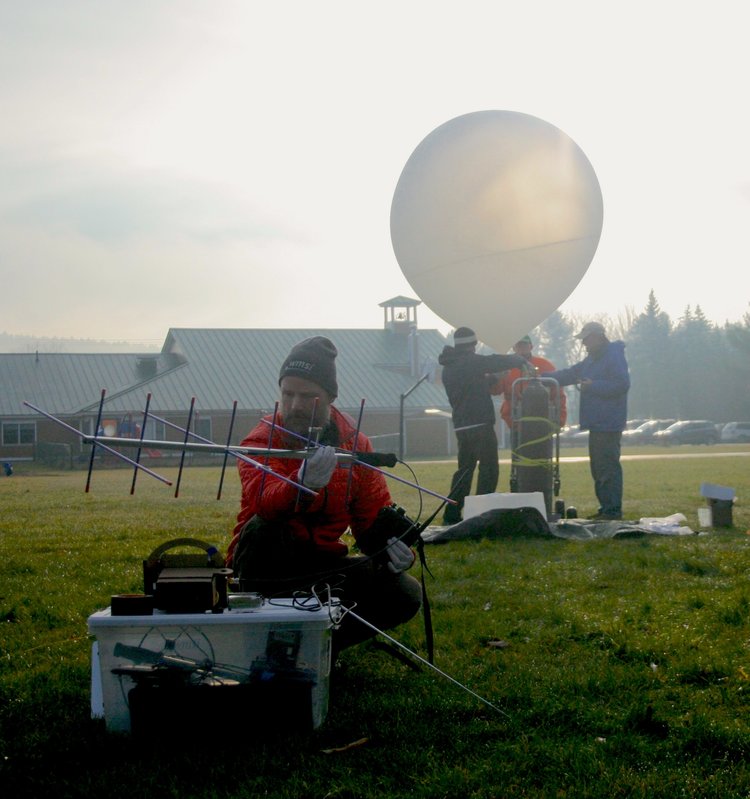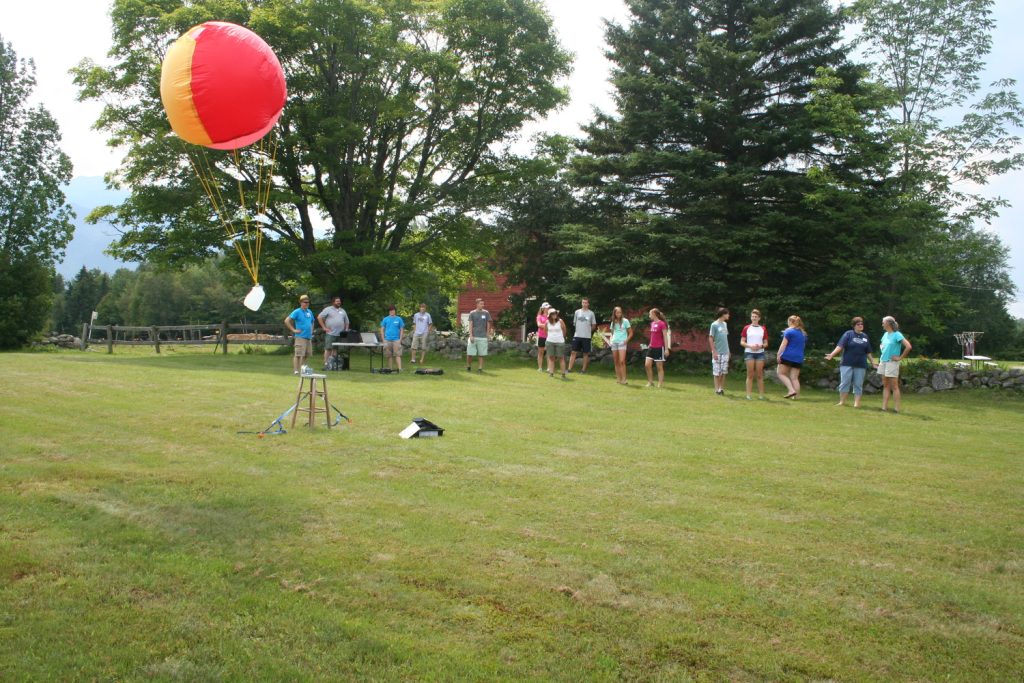by Susan Bitetti
One of the incredible aspects about working at the CEEO is the opportunity to collaborate with some really wonderful and unique educational spaces. White Mountain Science Institute (WMSI) in Bethlehem, New Hampshire led by CEEO fellow Bill Church, is one such space. WMSI is not a typical afterschool setting; while the staff have their own space in downtown Bethlehem for developing educational technologies in-house, they visit neighboring classrooms with their “Mobile STEM Lab.” The Mobile STEM Lab safely transports everything from 3D printers, sets of laptops and raspberry pis, Arduinos, a Documentation Station directly to local schools. They additionally host hackathons and summer workshops in their “stationary” space downtown.
While I was amazed to see the operations out of the Mobile STEM Lab first hand, what stood out to me even more about WMSI is it’s conscientiousness for its surroundings in the White Mountain region and infusing that into their tool design and curricula. Being a part of Tufts and a Boston (well, Somerville) resident, I’ve taken for granted how many universities and organizations conduct outreach and research with local schools. CEEO’s Student Teacher Outreach Mentorship Program (STOMP) services over 60 Boston area classrooms alone. WMSI has the chance to impact communities which are perhaps more “out of reach” from universities and larger industry partners.
Bill Church points out that “The outdoors is such a huge part of life here, and we aim to incorporate that, and celebrate that, through the STEM activities we do”. For instance, last summer, WMSI launched a weather balloon 98,000 feet into the air during one of their workshops which collected photos getting views all the way to the coastline.
During one of their recent after-school programs, I had the opportunity to test my own engineering project, a Documentation Station, with young students designing Minecraft games. As I might have guessed, the stationary Documentation Station wasn’t ideal for capturing photos of various computer monitors, but it was fascinating to see the conversations it started amongst students. They were intrigued to see the Raspberry Pi being used in a capacity other than Minecraft, and asked about what kind of equipment I used to design the casing, leading to a fun conversation about laser cutters.
Thanks, WMSI, for a wonderful visit! To learn more, visit http://www.whitemountainscience.org/.
Testing of weather balloon components



